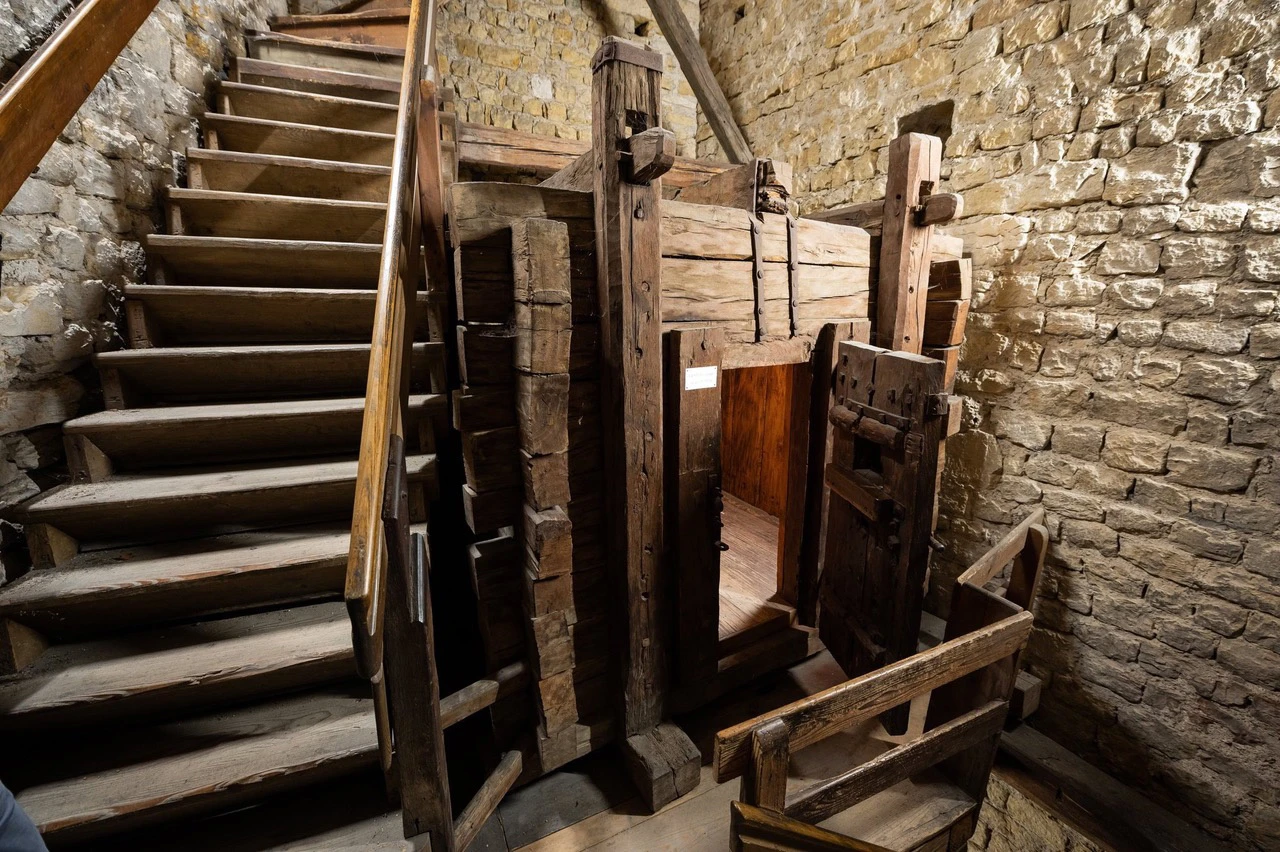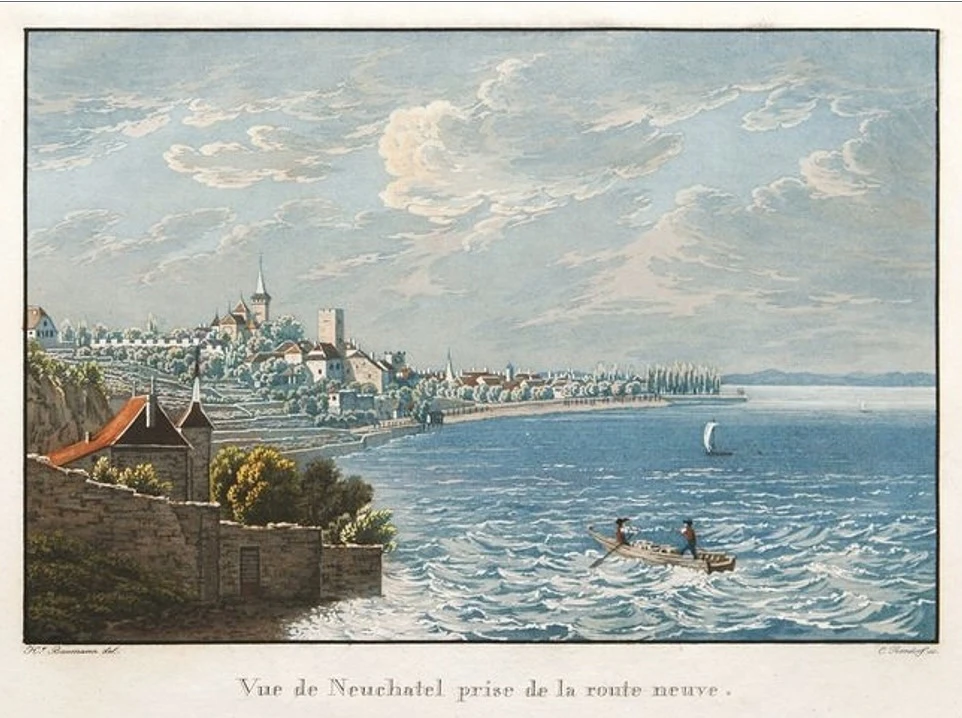The massive blocks forming the foundations of the medieval tower next to the former prisons date back to Roman times. These stones were removed around the year 1000 from the nearby Colombier castle, originally a Gallo-Roman villa.
The medieval tower stood guard over what was then the main road for centuries.
The vast adjacent building served as a place of detention during the Middle Ages. Its reliability was not always exemplary, as evidenced by a number of escape accounts. In 1415, Canon Benedetto da Piglio was incarcerated in the tower and managed to escape after eight months’ captivity. A few decades later, an alleged witch also managed to escape via the rooftops to the Tour de Diesse at the other end of the town.



The place became a real prison with the construction of “modern” cells in 1828.
The prisons in Neuchâtel were decommissioned in 1996 and left unoccupied.
The redevelopment project was designed to respect the original architecture. It now houses a large exhibition space, a conference room, a café with terrace, the museum store and John Howe’s studio.
